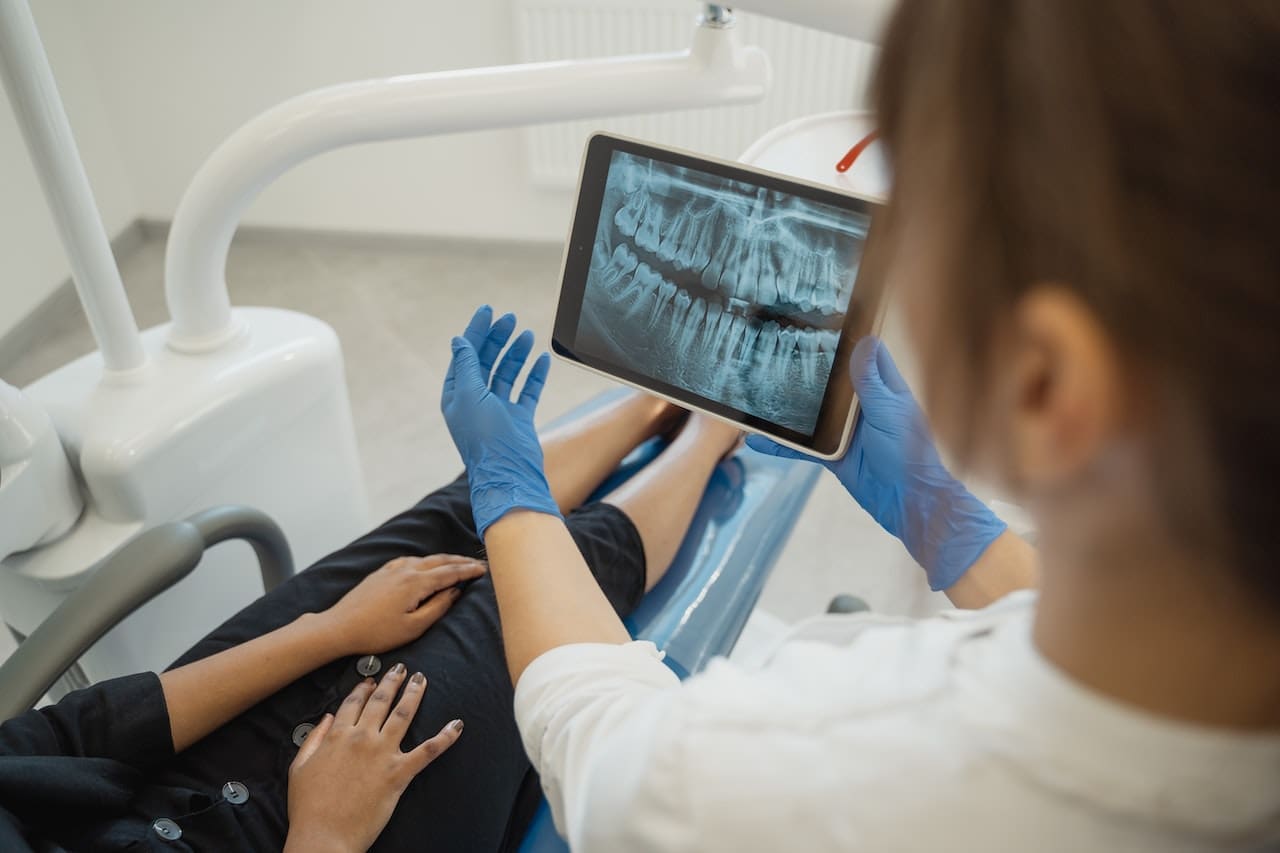When one thinks of gum disease, one immediately thinks of one condition with a single set of symptoms and few alternatives for its cure. However, gum disease is a general term cosmetic dentists use to identify a condition caused by an expansion of plaque, a dense film of bacteria that forms on the teeth and gums. And if left untreated, it can contribute to tooth loss, pain, and infection.
If you’re concerned that you may have gum disease, you might be curious about how to identify the stage you could be in, what you can do to stop it, and what type of professional assistance you should look for. No worries because this article explains everything you need to know.
The Different Stages of Gum Disease
Simply put, there are two different gum diseases: gingivitis and periodontitis. While gingivitis is always dubbed as the mild stage of gum disease, periodontitis is a more complex form and is considered irreversible. It is broken down into four sub-stages.
Gingivitis
Cosmetic dentists define gingivitis as a condition where the gums are swollen and red and may bleed easily due to inflammation. The buildup of plaque and tartar on the teeth and gums causes this. Don’t worry, though, because gingivitis can be treated and reversed with improved oral hygiene and regular professional cleanings.
Periodontitis Stage 1: Initial
If gingivitis is not immediately treated, one can assume it will progress to periodontitis. Initial-stage periodontitis is characterized by a slight deepening of the pockets between the teeth and gums, as well as minor bone loss. Treatment at this stage typically consists of professional cleanings and antibiotics to help control the infection.
Periodontitis Stage 2: Moderate
The main difference between the initial and second stages of periodontitis is the amount of gum and bone damage. Moderate periodontitis is characterized by deeper pockets between the teeth and gums and more significant bone loss. Treatment at this stage may include scaling and root planing, antibiotics, or gum surgery.
Periodontitis Stage 3: Advanced
Advanced-stage periodontitis is the most severe form of the disease. At this stage, the pockets between the teeth and gums are very deep, and the bone loss is extensive. The treatments cosmetic dentists might perform for advanced periodontitis may include gum surgery, bone grafts, and other procedures to help restore the health of the gums and bone.
Periodontitis Stage 4: Severe With Potential for Loss of All the Teeth
The worst-case scenario for periodontitis is stage 4, which is severe periodontitis. This is when the disease has progressed to the point where the teeth and gums are severely damaged, and the risk of losing all teeth is very high.
In this case, the treatments may include more extensive surgeries such as guided tissue regeneration, pocket reduction surgery, and bone grafts. There are also scenarios when the only option for cosmetic dentists is to dispose of all teeth and replace them with dentures or dental implants.
Final Thoughts
Gum disease is a progressive condition requiring immediate attention and treatment. While you can manage it with proper dental hygiene, regular dental visits, and thorough oral care, it is important to be aware of the early signs of gum disease and to consult with your dentist to discuss treatment options as soon as possible.
Lexington Smile Studio has a team of reliable and equipped cosmetic dentists that can help you with your gum disease. We ensure that our patients receive the best treatments available to help them restore their oral health and achieve the smile they’ve always dreamed of. Schedule an appointment with us today!






